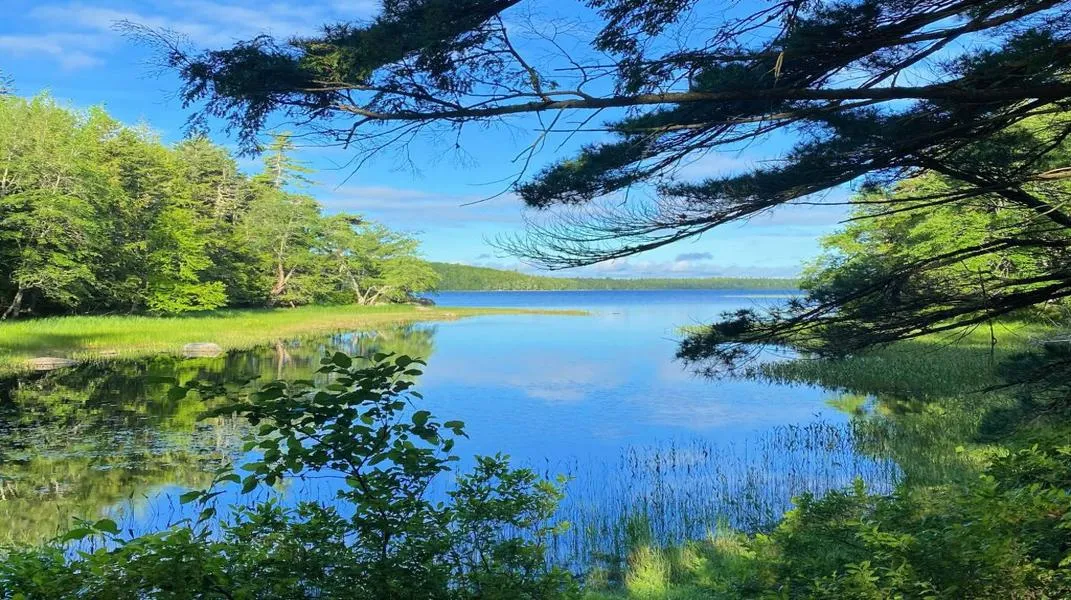Discovering Zion National Park: A Guide to Nature's Masterpiece
Nestled in the heart of southwestern Utah, Zion National Park is a breathtaking landscape of towering cliffs, lush canyons, and diverse ecosystems that attract millions of visitors each year. With its stunning vistas, rich biodiversity, and a variety of recreational activities, Zion is a true paradise for nature lovers, hikers, and explorers. This article will delve into the park's unique features, highlight popular attractions, and provide a comprehensive guide on how to prepare for your visit.
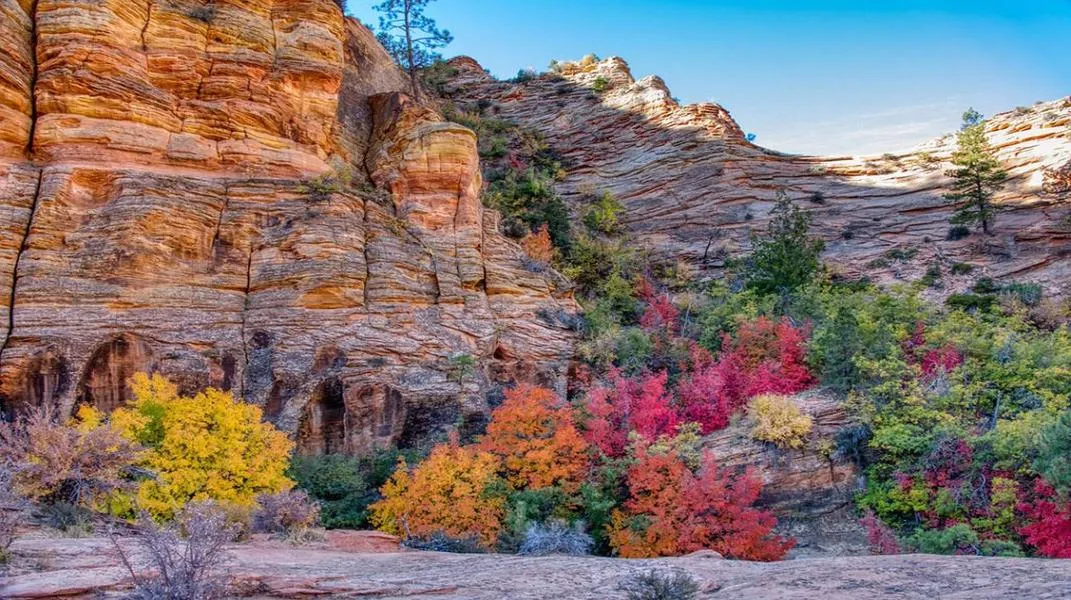
The Majesty of Zion National Park
Geological Wonders
Zion National Park covers over 146,000 acres and features dramatic geological formations that tell a story of millions of years of earth's history. The park's unique topography was shaped by erosion from the Virgin River, which carved out deep canyons and created striking rock formations. The prominent Navajo Sandstone, with its characteristic red and orange hues, is the park's most notable geological feature. Visitors can marvel at the sheer cliffs of the Great White Throne, the towering spires of the Court of the Patriarchs, and the narrow slot canyons of The Narrows.
Flora and Fauna
Zion's diverse ecosystems are home to an impressive array of plant and animal life. The park's elevation ranges from 3,666 feet at the canyon floor to over 8,700 feet at the summit of Horse Ranch Mountain, creating various habitats. Visitors can find everything from desert scrub and riparian zones to lush conifer forests.
Wildlife enthusiasts may be fortunate enough to spot mule deer, bighorn sheep, and even the elusive mountain lion. Birdwatchers will delight in the opportunity to see peregrine falcons, California condors, and various songbirds. The park is also home to numerous species of reptiles and amphibians, adding to its rich biodiversity.
Cultural Significance
Zion National Park is not just a natural wonder; it also holds significant cultural importance. The area has been inhabited for thousands of years, with Native American tribes like the Southern Paiutes leaving their mark through rock art and other artifacts. The park’s history includes the early settlers and Mormon pioneers who recognized the area's beauty and potential. Today, visitors can learn about the cultural history through interpretive programs and visitor center exhibits.
Must-See Attractions
Zion Canyon
The heart of Zion National Park, Zion Canyon, is a must-visit for anyone exploring the area. The canyon is accessible via the Zion Shuttle, which operates during the peak season to minimize traffic and protect the delicate environment. The shuttle takes visitors to various trailheads, scenic viewpoints, and visitor centers.
Some of the most popular trails in the canyon include:
- Angels Landing: This iconic hike is famous for its panoramic views. The steep and challenging trail culminates at a narrow ridge, offering breathtaking vistas of the canyon below. Due to its difficulty and exposure, a permit is now required to hike Angels Landing, so be sure to plan ahead.
- The Narrows: This unique hike takes you through the Virgin River, where you'll wade through water and navigate between towering canyon walls. Depending on the season, the water levels can vary, so check conditions before heading out.
- Emerald Pools: A family-friendly hike, the Emerald Pools trail leads to a series of beautiful pools and waterfalls, surrounded by lush vegetation and stunning rock formations.
Zion-Mount Carmel Highway
This scenic drive offers stunning views and several overlooks, including the famous Checkerboard Mesa. The highway also features the Zion-Mount Carmel Tunnel, an engineering marvel built in the 1920s. Stop at the numerous viewpoints along the way to capture photographs of the striking landscapes.
Kolob Canyons
For those seeking a quieter experience, Kolob Canyons is a less-frequented section of the park. The stunning red rock formations and scenic drives here provide a peaceful retreat. Hiking trails such as the Taylor Creek Trail lead visitors into the heart of the canyons, offering a chance to experience Zion's beauty away from the crowds.
Preparing for Your Visit
A visit to Zion National Park requires some preparation to ensure a safe and enjoyable experience. Here’s a comprehensive guide on what to bring and how to plan your trip.
1. Plan Your Trip in Advance
- Timing: The best time to visit Zion is during the spring and fall when temperatures are mild, and crowds are smaller. Summer is peak season, but it can be hot, especially in the lower elevations. Winter offers solitude and a different perspective on the park, with opportunities for snowshoeing and photography.
- Reservations: If you plan to hike Angels Landing or stay in the park's campgrounds, make reservations well in advance, as spots fill quickly.
2. Essential Gear
- Clothing: Dress in layers to accommodate changing temperatures throughout the day. Lightweight, moisture-wicking fabrics are ideal for hiking, while a warm jacket is recommended for cooler mornings and evenings. Don't forget a wide-brimmed hat and sunglasses to protect against the sun.
- Footwear: Sturdy hiking boots with good traction are essential, especially for trails like Angels Landing and The Narrows. If you plan to hike in the river, consider water shoes or sandals that provide good grip.
- Backpack: A comfortable daypack is a must for carrying water, snacks, and gear while hiking. Look for one with adjustable straps and good ventilation.
- Water: Hydration is crucial, especially in the dry desert climate. Carry at least 2-3 liters of water per person, and consider a hydration bladder for convenience.
- Snacks and Meals: Pack lightweight, non-perishable snacks such as trail mix, energy bars, and jerky. If you plan to camp, bring a portable stove or grill for cooking.
3. Navigation and Safety
- Map: While cell service is limited in the park, a physical map is essential for navigation. Obtain a park map at the visitor center or download one ahead of time.
- First Aid Kit: A basic first aid kit should include band-aids, antiseptic wipes, pain relievers, and any personal medications.
- Emergency Whistle: In case of an emergency, a whistle can help signal for help if you become lost.
4. Leave No Trace Principles
Zion National Park emphasizes the importance of preserving its natural beauty. Follow the Leave No Trace principles by staying on designated trails, packing out all trash, and respecting wildlife.
5. Wildlife Awareness
While enjoying the park's beauty, remember to observe wildlife from a distance. Feeding animals is prohibited and harmful to their health. Be cautious of your surroundings, especially when hiking in areas known for bighorn sheep or mountain lions.
Conclusion
Zion National Park is a gem in the American Southwest, showcasing nature's raw beauty and inviting visitors to explore its diverse landscapes. Whether you're hiking the challenging trails of Angels Landing, wading through The Narrows, or simply soaking in the views from scenic viewpoints, Zion offers an unforgettable experience. By preparing adequately and respecting the park's environment, you can ensure a safe and enjoyable visit to this natural wonder. Pack your bags, lace up your hiking boots, and get ready to discover the splendor of Zion National Park—an adventure awaits!
Related Posts
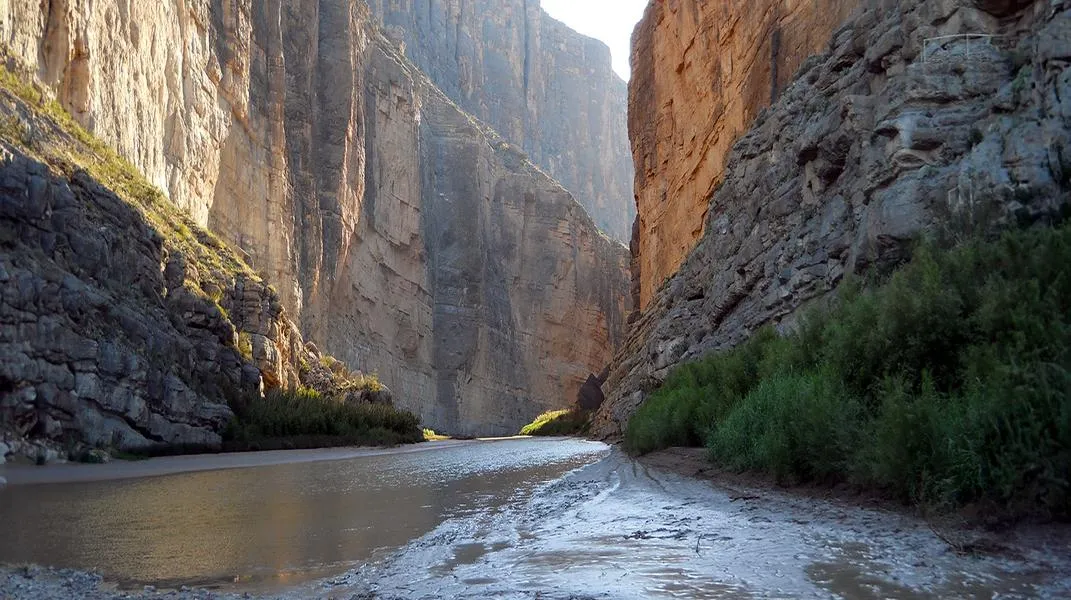
Discovering Big Bend National Park: A Natural Wonderland in Texas
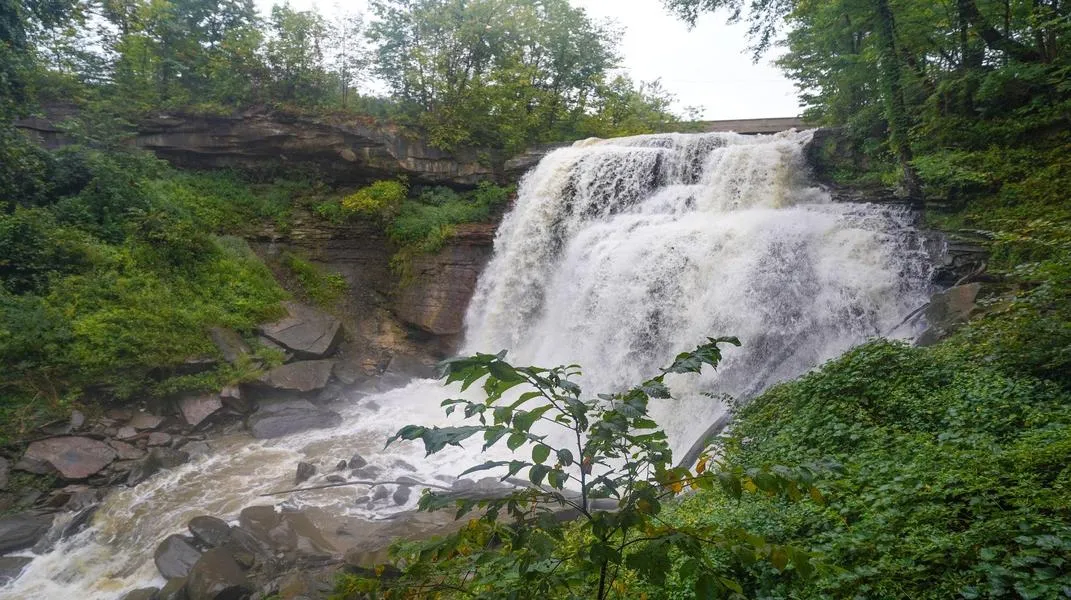
Discovering Cuyahoga Valley National Park: A Comprehensive Guide for Tourists
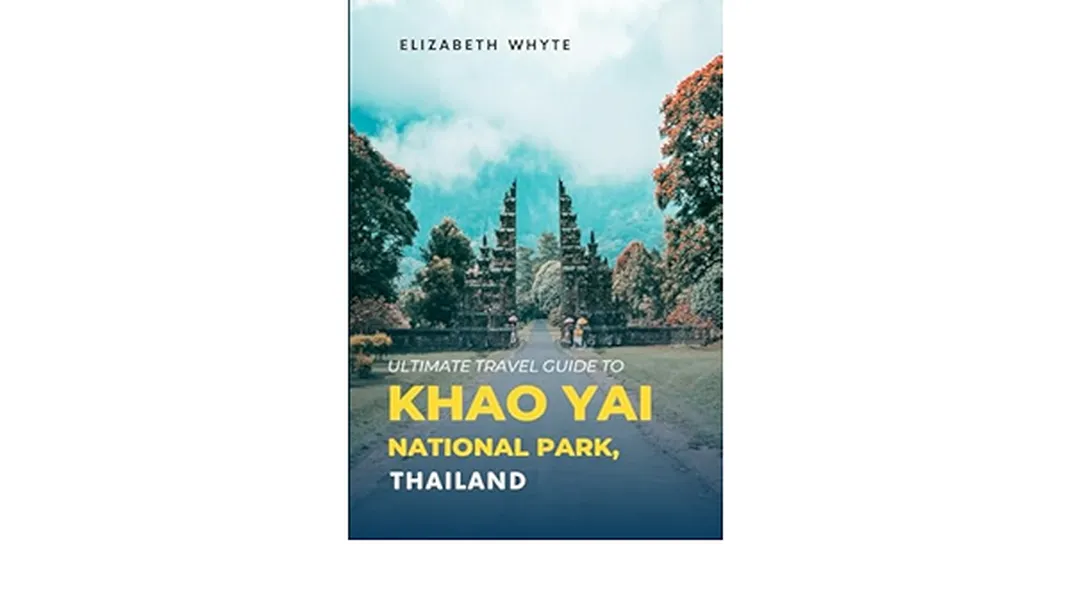
Exploring the Wonders of Khao Yai National Park: A Comprehensive Guide for Travelers
